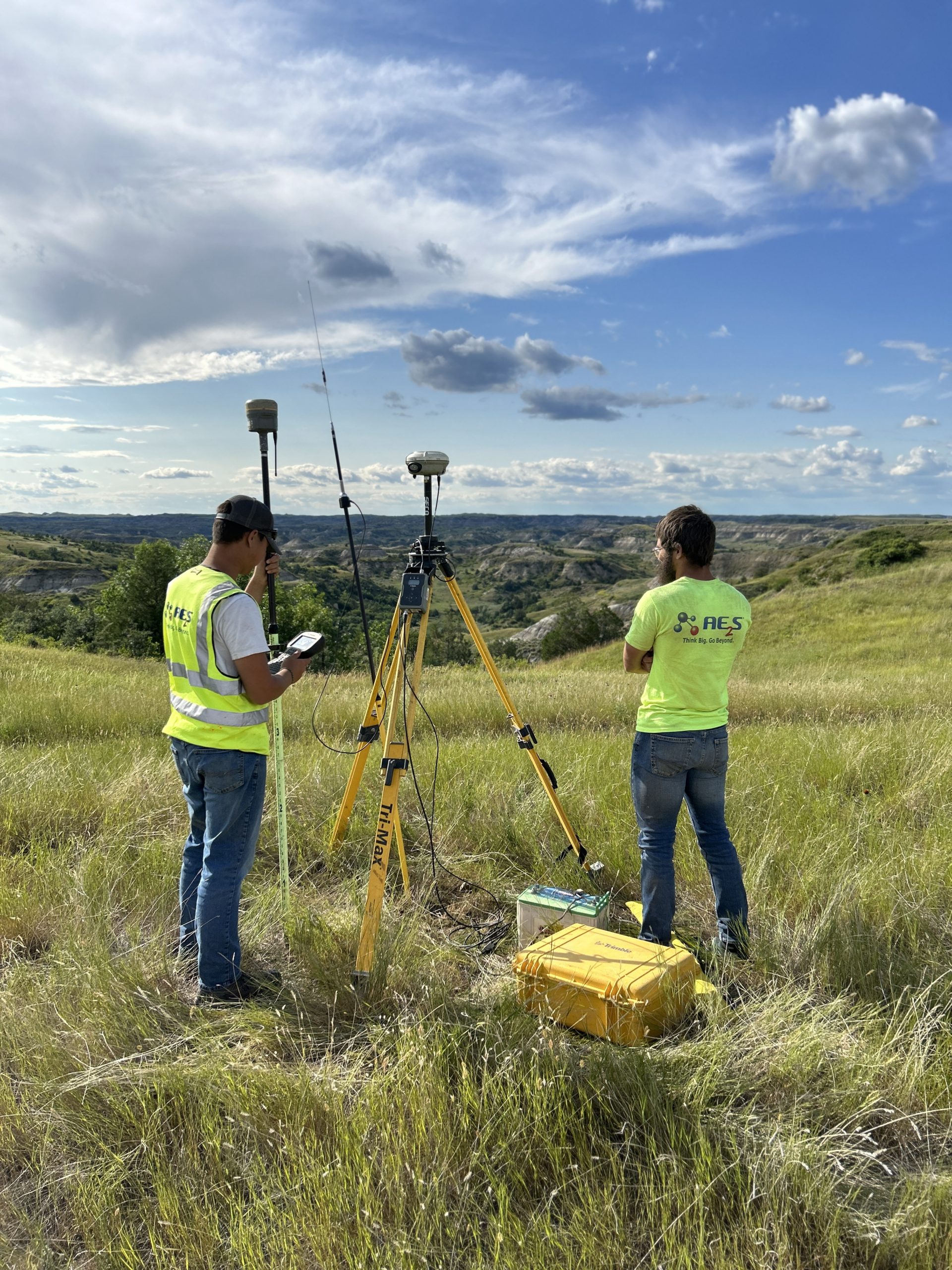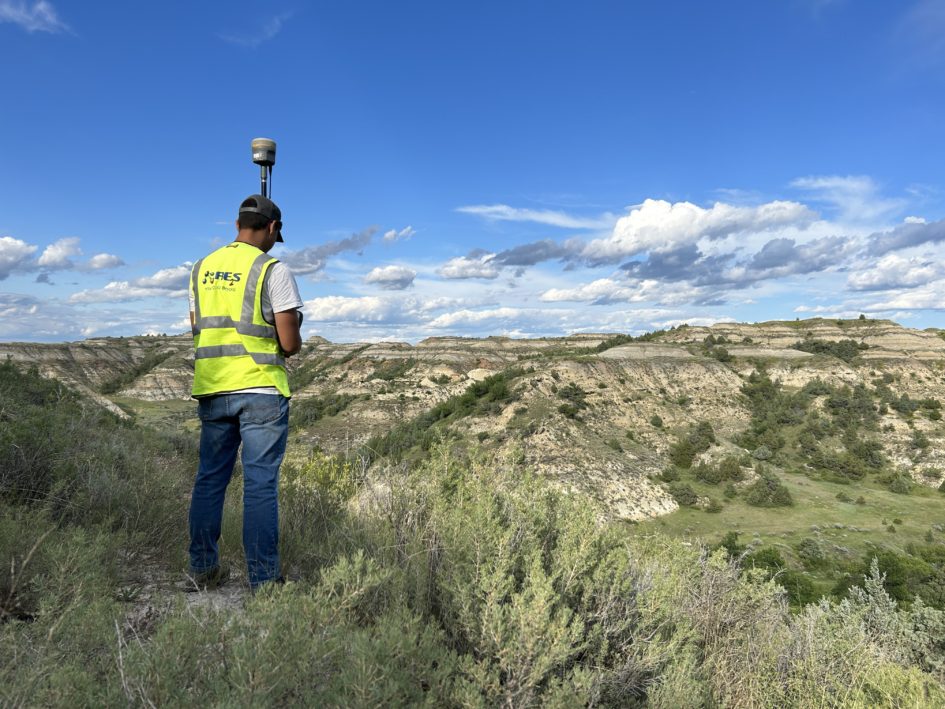At AE2S, our mission is to empower and enhance people’s lives, and that’s what we’re accomplishing for the residents of rural northwest North Dakota. An area predominantly inhabited by ranchers and farmers, the region has long relied on inadequate wells and water trucking for domestic, commercial, and agricultural purposes. Industrial activity and economic development surged in western North Dakota due to the oil boom that overstretched the area’s infrastructure, which was not sized to handle the growth and increased thirst for water.
Set amidst sweeping hills, vast prairies, and flourishing farms, it’s a landscape ripe for transformation. And residents have been waiting for years to see it happen.
“It’s a huge deal for people in the remote areas of northwest North Dakota to see water coming to their homes via pipelines when it was mere wishful thinking 15 to 20 years ago,” said Weston McGruder, PE, AE2S Project Manager. Many in this area contended with well issues, like hard water and sulfate concentrations, resorting to costly reverse osmosis systems or hauling water by the truck load. However, the area will benefit from an expanding water distribution network.
The Western Area Water Supply Authority (WAWSA) is spearheading an initiative to harness treated Missouri River water from the Williston Regional Water Treatment Plant with supplemental groundwater from the R&T Water Supply District, to establish a comprehensive regional water system. Expected to serve an estimated 100,000 people by 2035 across McKenzie, Williams, Divide, Burke, and Mountrail Counties, this endeavor marks a significant step forward for those needing a reliable water supply.
The WAWSA project provides water to 70,000 people through a system designed by AE2S and constructed over the last decade. In the most recent project phase, WAWSA is building out the MCWRD System IV Part IV Rural Water Distribution Area in conjunction with its member entity – McKenzie County Water Resource District (MCWRD). The project will deliver water to 90 new users located in the farthest reaches of rural southwestern McKenzie County. AE2S has been integral to the project’s progression, and the latest phase will extend water access to one of the project’s most remote areas.
With an overall price tag of $20 million, including $10 million in state grants from the North Dakota Department of Water Resources and $10 million from the McKenzie County Board of Commissioners, the WAWSA initiative aims to liberate individual farms and ranches from the uncertainties of reliance on private wells. The WAWSA system fulfills a longstanding promise to deliver a reliable water source for all residents.
Despite the project’s advancement, there are also challenges. The most recent phase will add 150-miles of rural water pipeline traversing 55 miles of US Forest Service land, demanding rigorous environmental mitigation and strict scheduling requirements.
Some of the environmental challenges include:
- Due to wildlife breeding and eagle nesting activity, construction is very limited during the spring months and forbidden during mid-June through July on US Forest Service lands.
- Communication and internet are limited is much of the area, and community services of any significance are at least 30 miles away.
- The National Environmental Policy Act (NEPA) permitting process demands extensive recording and documentation.
- The endangered Dakota Skipper Butterfly and its protected habitat are prevalent throughout the area, requiring construction exclusion fences.
Navigating through these challenges, including wildlife impact studies and environmental assessments, has been arduous and required almost three years of patience and persistence to meet the regulations for construction. It is anticipated that the project will be completed by mid-2025. Along with the pipeline, construction includes establishing three prefabricated pump stations and a 250,000-gallon ground storage reservoir.
The journey began more than a decade ago. Initial homeowner sign-up requests began in 2012, then the project experienced delays amid the 2014 oil downturn, only to resurface with renewed momentum in 2019 to withstand another year of delay with COVID-19. The community has rekindled its enthusiasm for the project as tangible progress becomes apparent.
Homeowner apprehensions are replaced with optimism as machinery breaks ground and construction advances. The realization of this project’s profound impact on daily life is tangible, marking a significant turning point for rural communities in northwest North Dakota.

AE2S surveyors locating original section corner markers while marking the route of the 150-mile WAWSA-MCWRD System IV Part IV project.

The WAWSA-MCWRD System IV Part IV route overlooks the badlands of North Dakota.

